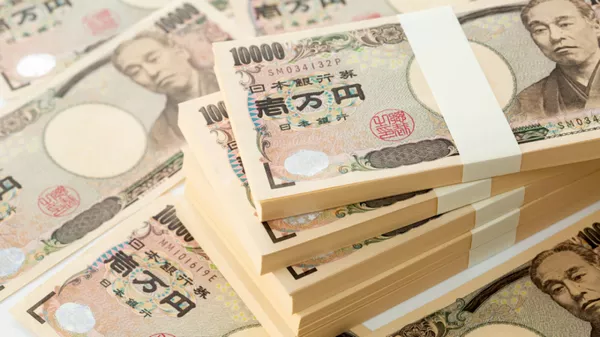The Japanese Yen (JPY) regained some ground against the US Dollar (USD) on Friday, breaking a four-day losing streak. However, the Yen’s recovery was capped by the release of Japan’s third-quarter Gross Domestic Product (GDP) data, which showed mixed results. The US Dollar’s strength continued to support the upside potential of the USD/JPY pair, with traders also anticipating the release of the US October Retail Sales report later in the day.
Japan’s preliminary GDP growth for Q3 showed a modest 0.2% quarter-on-quarter increase, falling short of the previous quarter’s 0.5% growth but in line with market expectations. On an annualized basis, GDP growth for Q3 was 0.9%, exceeding the forecasted 0.7%, though it marked a significant slowdown from Q2’s 2.2% expansion.
In response to the market’s volatility, Japan’s Finance Minister, Katsunobu Kato, indicated that the government would take “appropriate action” to address excessive fluctuations in foreign exchange rates. He stressed the importance of stable currency movements that align with economic fundamentals, expressing concerns over sharp, one-sided shifts in the FX market.
Meanwhile, Japan’s Economy Minister, Ryosei Akazawa, noted that a modest economic recovery was expected to continue, driven by improvements in employment and wages. However, Akazawa also highlighted the need for caution regarding potential risks from global economic conditions and financial market volatility.
The Japanese Yen faces ongoing challenges, with economic activity showing signs of slowdown. The US Dollar Index (DXY), which measures the USD against a basket of major currencies, stood at 106.70 on Friday after retreating slightly from its yearly peak of 107.06. The recent pullback could be attributed to a cooling of “Trump trade” sentiment, though the USD remains strong overall.
Fed officials have also supported the USD’s strength, with Chair Jerome Powell describing the US economy’s performance as “remarkably good,” allowing for gradual interest rate reductions. Richmond Fed President Thomas Barkin added that while progress has been made, there’s still work to be done to sustain the economy’s momentum.
On the data front, the US Producer Price Index (PPI) for October rose by 2.4% year-on-year, exceeding expectations and marking an increase from September’s revised 1.9%. Core PPI, excluding food and energy, climbed by 3.1%, slightly higher than the anticipated 3.0%. Meanwhile, Japan’s PPI for October also came in higher than expected, rising 3.4% year-on-year and signaling inflationary pressures.
Bank of Japan (BoJ) officials have also been vocal on economic matters. Deputy Governor Shinichi Uchida warned that financial institutions must prepare for potential risks from digitalization and technological shifts, particularly regarding deposit outflows. The BoJ’s October meeting summary showed differing views on future rate hikes, though policymakers still anticipate raising the benchmark rate to 1% by fiscal 2025.
Technically, USD/JPY continues its upward trajectory, currently trading around 156.50. The pair remains within an ascending channel pattern, with the 14-day Relative Strength Index (RSI) just below 70, signaling a bullish outlook. A breakout above the 70 mark could indicate overbought conditions, potentially prompting a correction. Resistance is seen near 159.70, with a breakout above this level potentially targeting the four-month high of 161.69 reached in July. On the downside, support is found at the nine-day Exponential Moving Average (EMA) around 154.65, with further support at the lower boundary of the ascending channel near 153.90.
Related Topics:
























